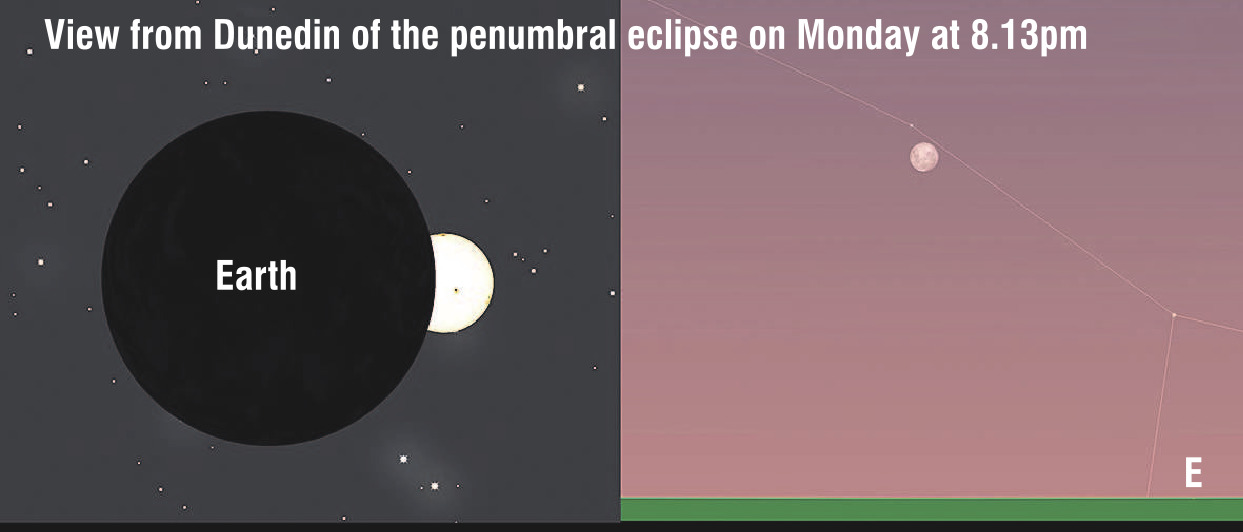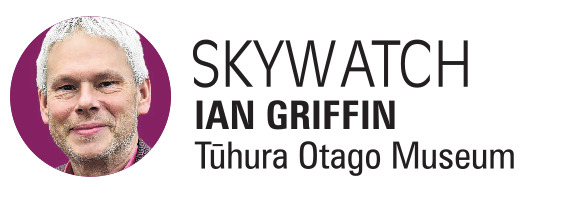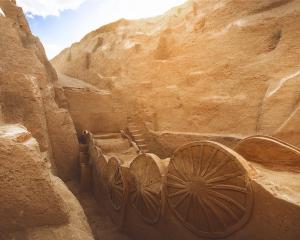
That same evening, any suitably protected astronaut lucky enough to be sitting on a deck chair beside the descent stage of the Apollo 11 lunar lander at Tranquility Base on the moon will experience a partial solar eclipse. From their historical vantage point, amid what Buzz Aldrin described as "magnificent desolation", just over 36% of the sun will be covered by their home planet. At mid-eclipse, which occurs at 8.13 pm New Zealand time, that astronaut would have a fine view of their home world and, if they had a telescope, would be able to pick out the lights of Dunedin, Christchurch and Auckland just rising on the lower left of Earth’s night side.

Penumbral eclipses of the moon are, to be frank, generally unspectacular even at the best of times. During a total lunar eclipse, the moon turns blood red. That is because direct sunlight is completely cut off when Earth passes directly in front of the sun, as seen from the moon. During a partial eclipse like the one on Monday, light from the sun still falls on the lunar surface. The impact of all this for Earthlings is that the moon will look dimmer than usual at moonrise.
As noted earlier, the maximum eclipse occurs at 8.13 pm, which is only half an hour after sunset. The sky will still be bright, and the moon will be just five degrees above the eastern horizon. To be honest, this will be a very difficult event to see, and I will be very interested if any readers notice it visually or manage to get photographs.












